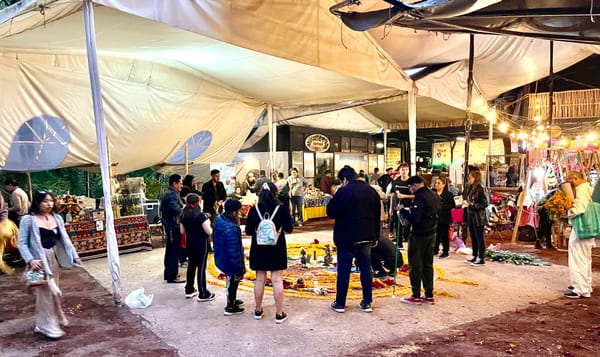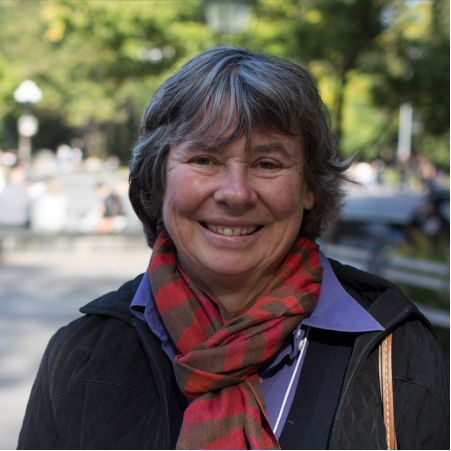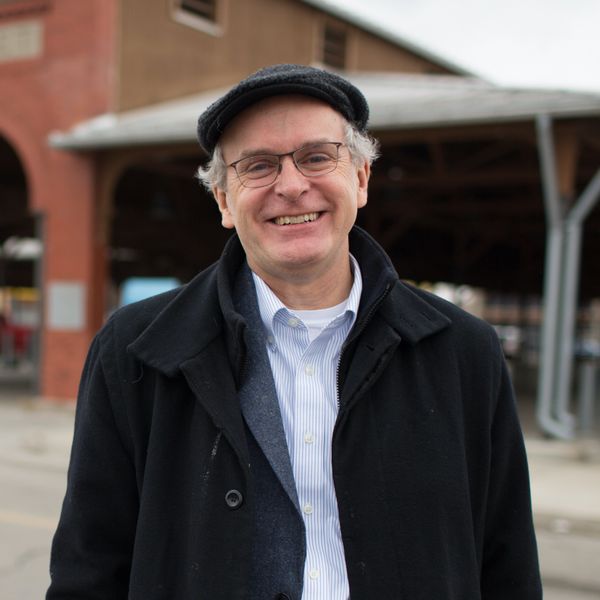The two main crises of our time are about disconnection – disconnection from each other and disconnection from the planet.
We recently wrote about the epidemic of loneliness and how placemaking is essential to reconnecting us and restoring social life. Social disconnection is a big problem in our modern society, but disconnection from the environment is equally damaging to people's wellbeing. Both these crises can be resolved by centering our focus on something everyone can benefit from – great shared places.
Covid highlighted the social isolation that had been building among us for decades, due in large part to how cars have pulled communities apart. Tired of being stuck at home and limited in what they could do between four walls, people sought connection by taking advantage of the opportunities in the public realm. What's more, they realized they had a capacity to improve their public places themselves and the limitations imposed by Covid motivated them to do so. The lines started to blur and connections started to rebuild, healing communities.
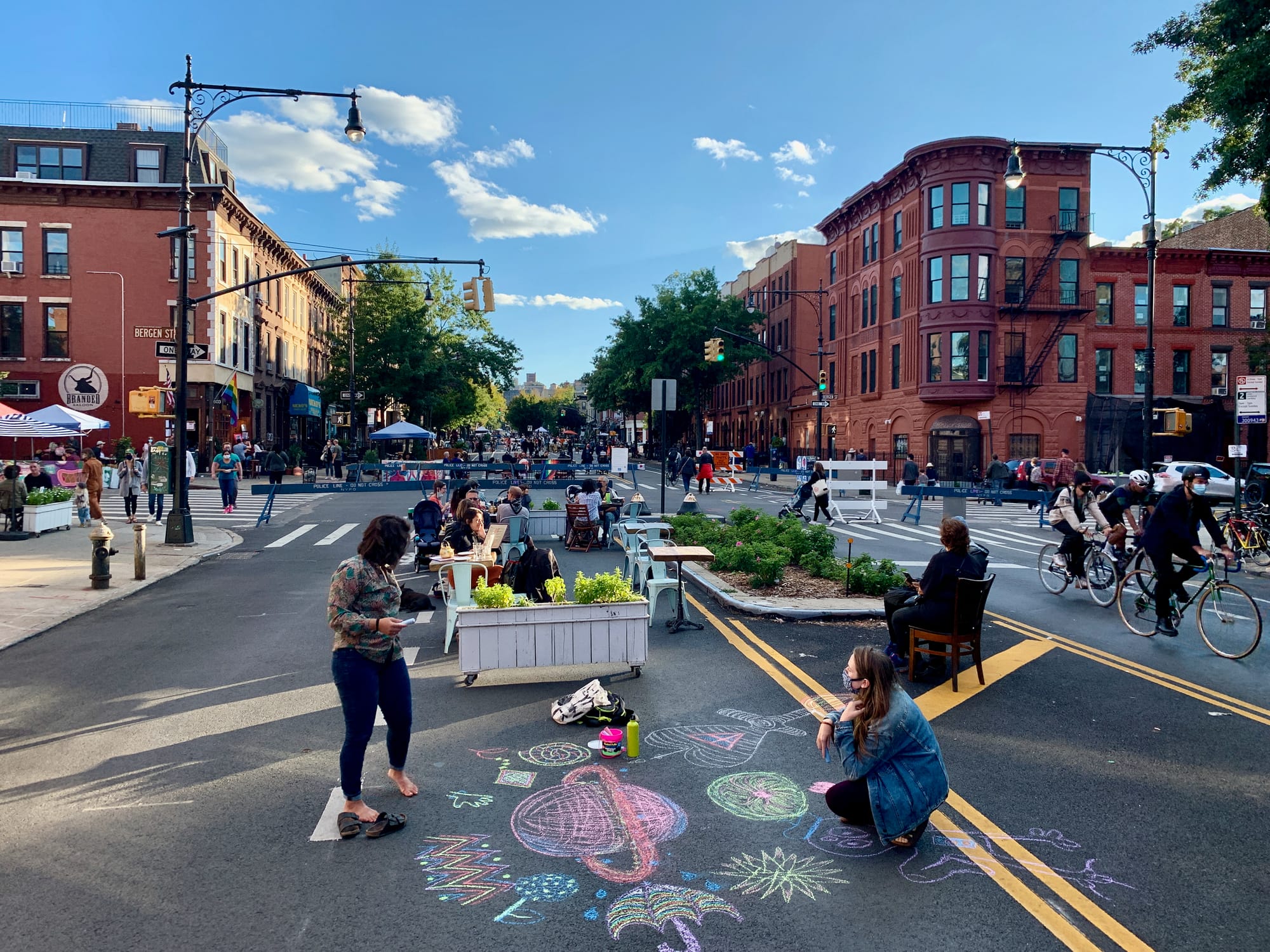
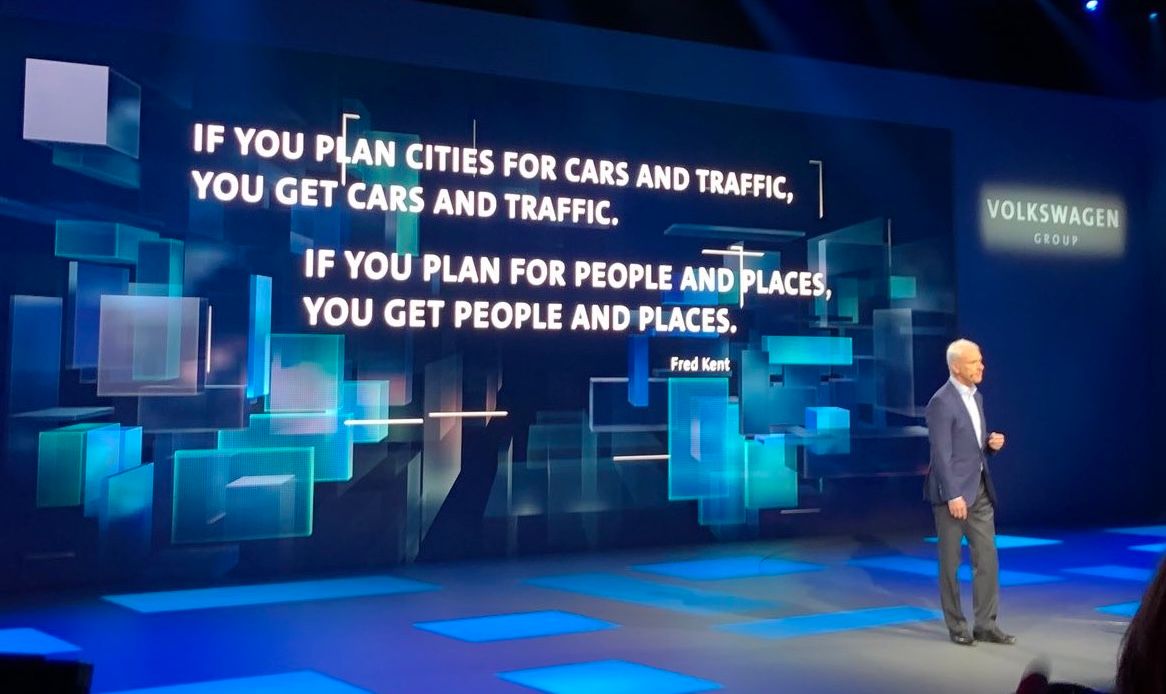
Left: During COVD we saw the potential to reconnect to our places and to each other, often reclaiming our streets from cars. Right: The needs of people have been taken over by car culture, making for very anxiety-inducing, disconnected locations that fill our towns and cities. Even the Chairman of Volkswagen realized the situation we are in.
Now, after Covid, it feels like we can move away from being disconnected. Our environmental crisis and our social isolation crisis happened because our built environments prevented connection. Creating opportunities for social life in public spaces is the fundamental way to reconnect on all fronts and we are increasingly seeing the key role that Placemaking plays in this reconnection, both to each other and to the planet.
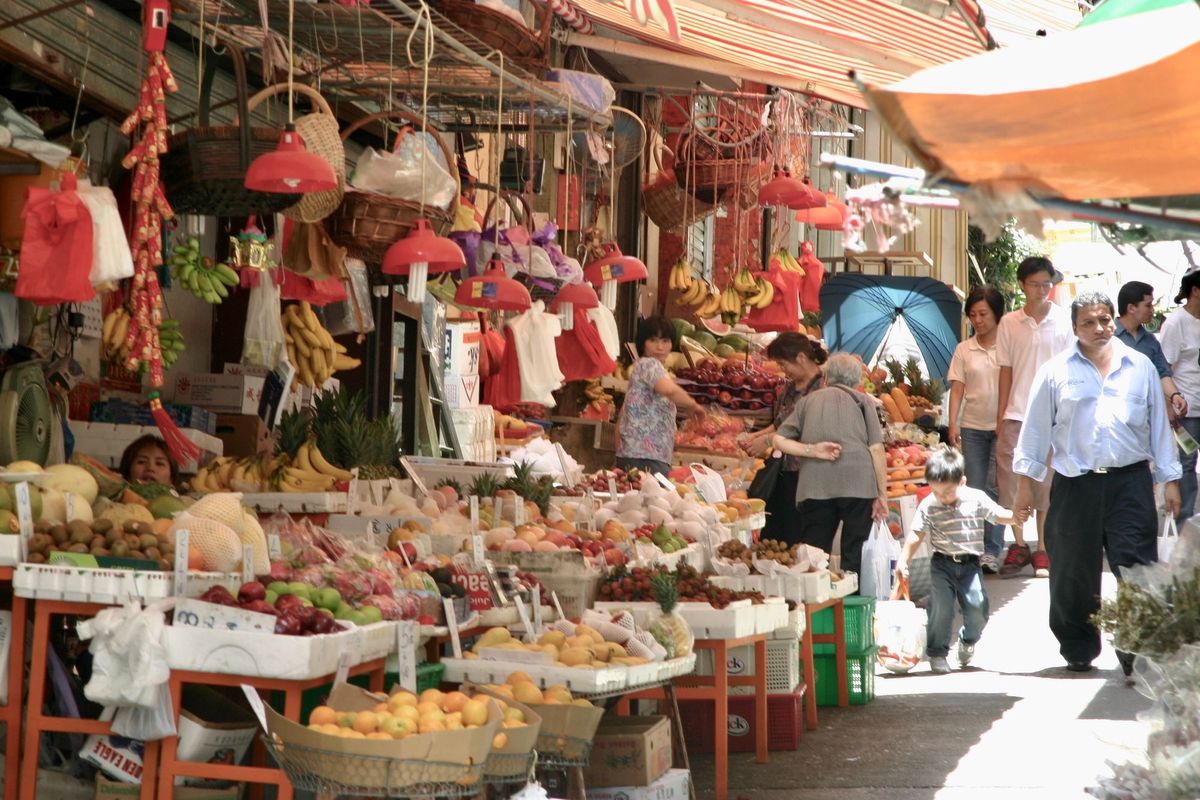
Why Placemaking?
Placemaking connects us deeper to each other and to our places as we work together to make public spaces like parks, squares, sidewalks, etc. more inclusive, comfortable, safe, and culturally dynamic places. It involves collaborative activities like meeting and planning with neighbors and community leaders, implementing Lighter, Quicker, Cheaper interventions (LQCs), and sharing responsibility for taking care of public spaces. Placemaking supports and challenges us to take responsibility for the world beyond our private spaces, and creates the conditions for broader concern and capacity when it comes to taking care of our environments.
The nature of Placemaking is interwoven with a responsibility for the environment in various ways, and can therefore be a way to get a broader group of people involved in taking care of the planet, often without even realizing they're doing it.
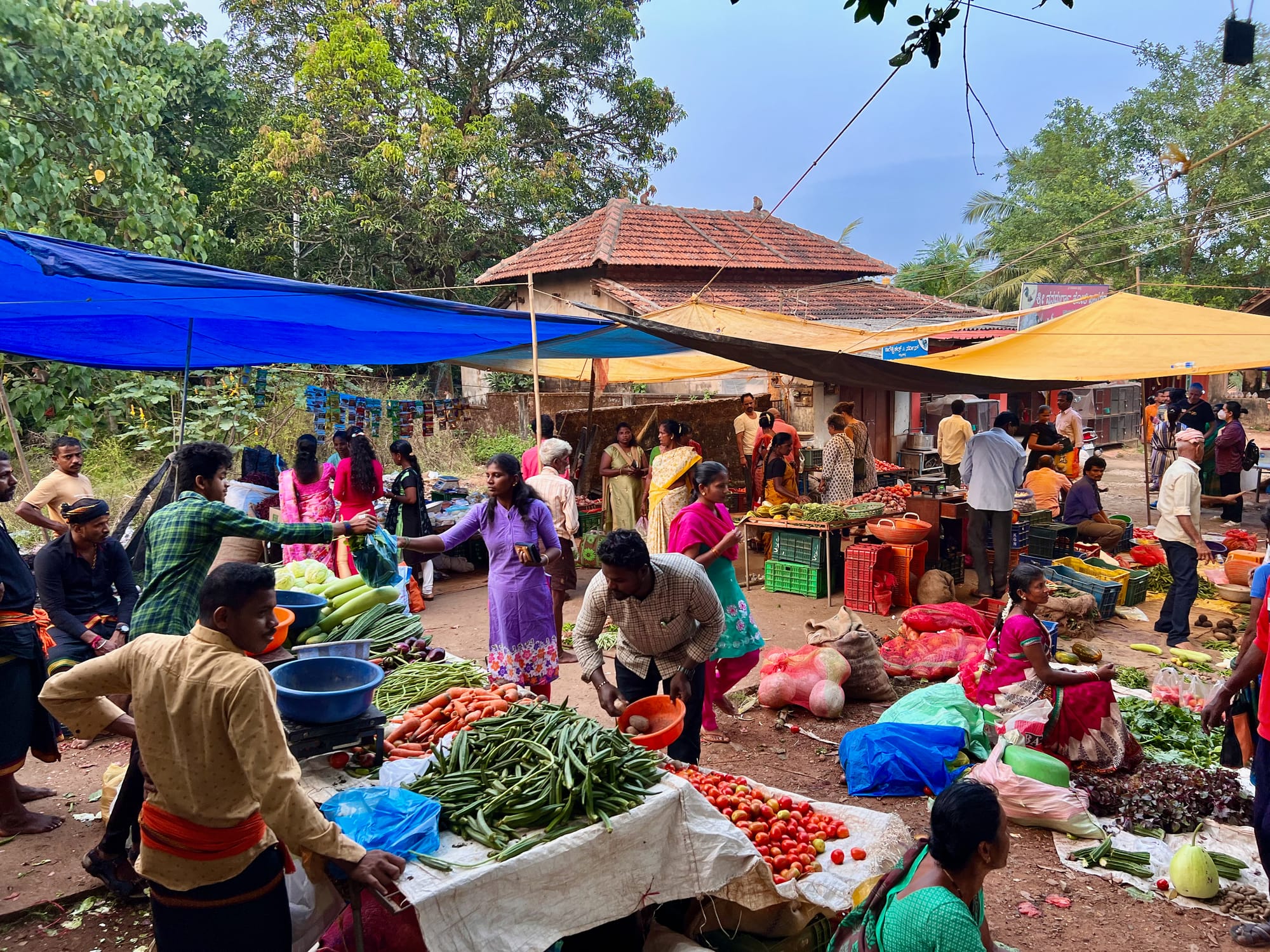
The environmentalism movement historically focused on nature and wild places. Therefore, until a more recent focus on intersectionality became widespread, environmentalism had somewhat separated itself from people by not focusing on the urban areas where we lead our lives. This has changed in recent years and progress can go even further: Placemaking brings environmentalism back into cities and towns by connecting it more closely to people’s daily lives.

The improvisation that is essential to creating LQCs connects people on many levels with both nature and each other. Making good shared spaces is a fundamental act of repairing our relationship to our environment and our community. Placemaking puts concerns about the environment into people’s yards, sidewalks, squares, and parks and thus gets them to care more deeply about the shared world.
In this way, Placemaking is an on-ramp for environmentalism because it gets people to turn their attention to the space outside their home/business. By starting with porches and sidewalks, we shift our focus from our personal home to its surroundings, then to the broader public realm, and then further into all kinds of community spaces such as squares, markets, and even the natural world.
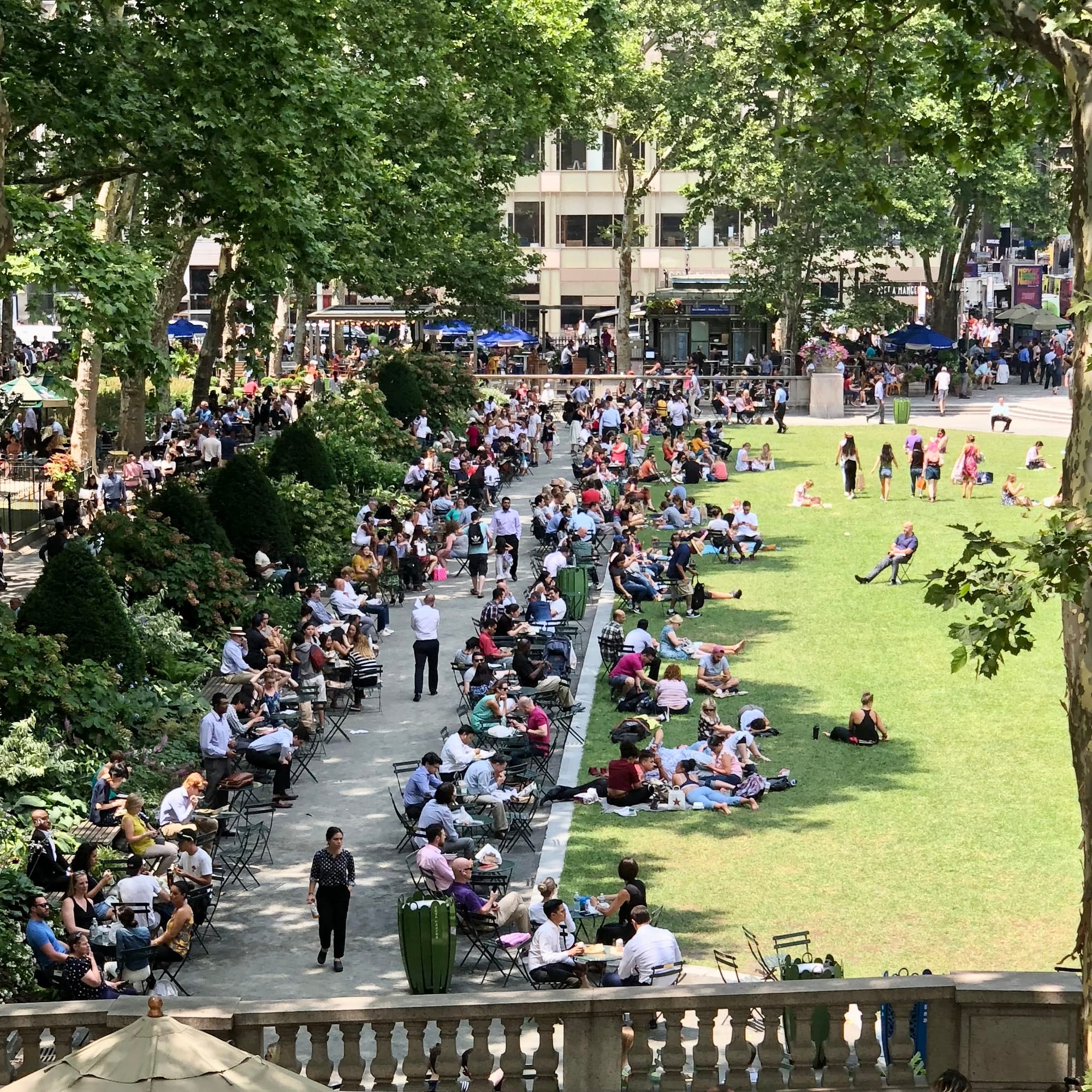
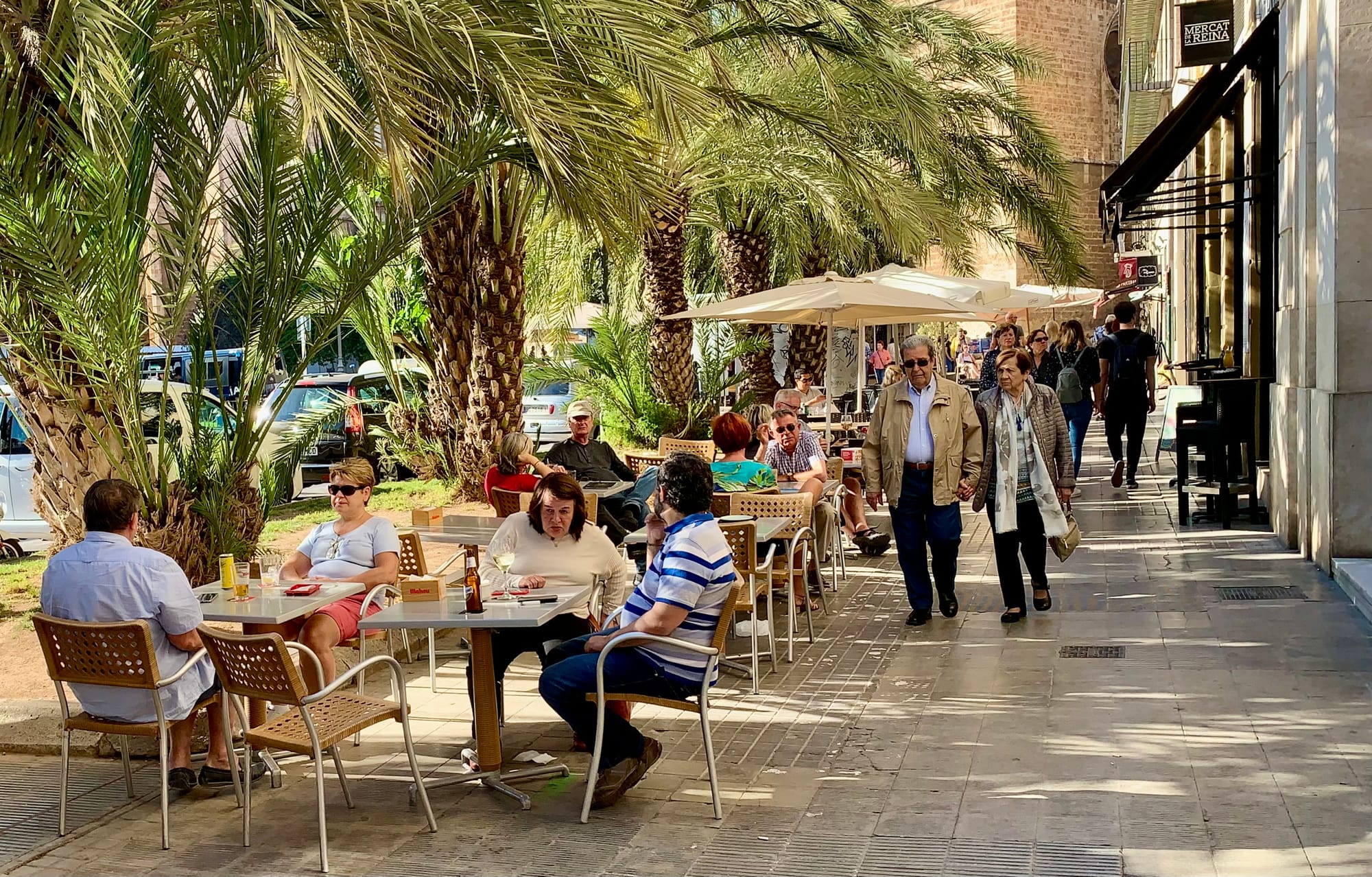
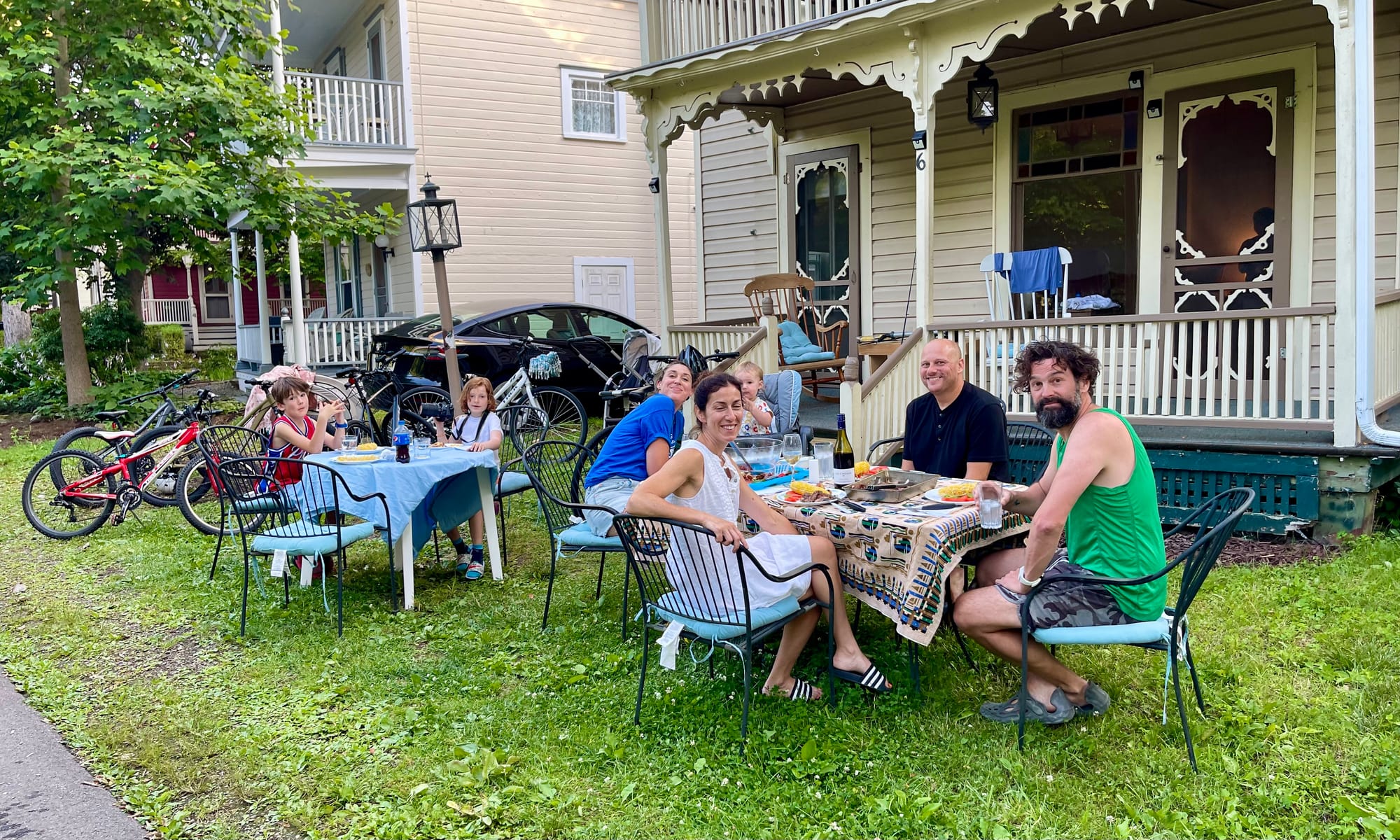
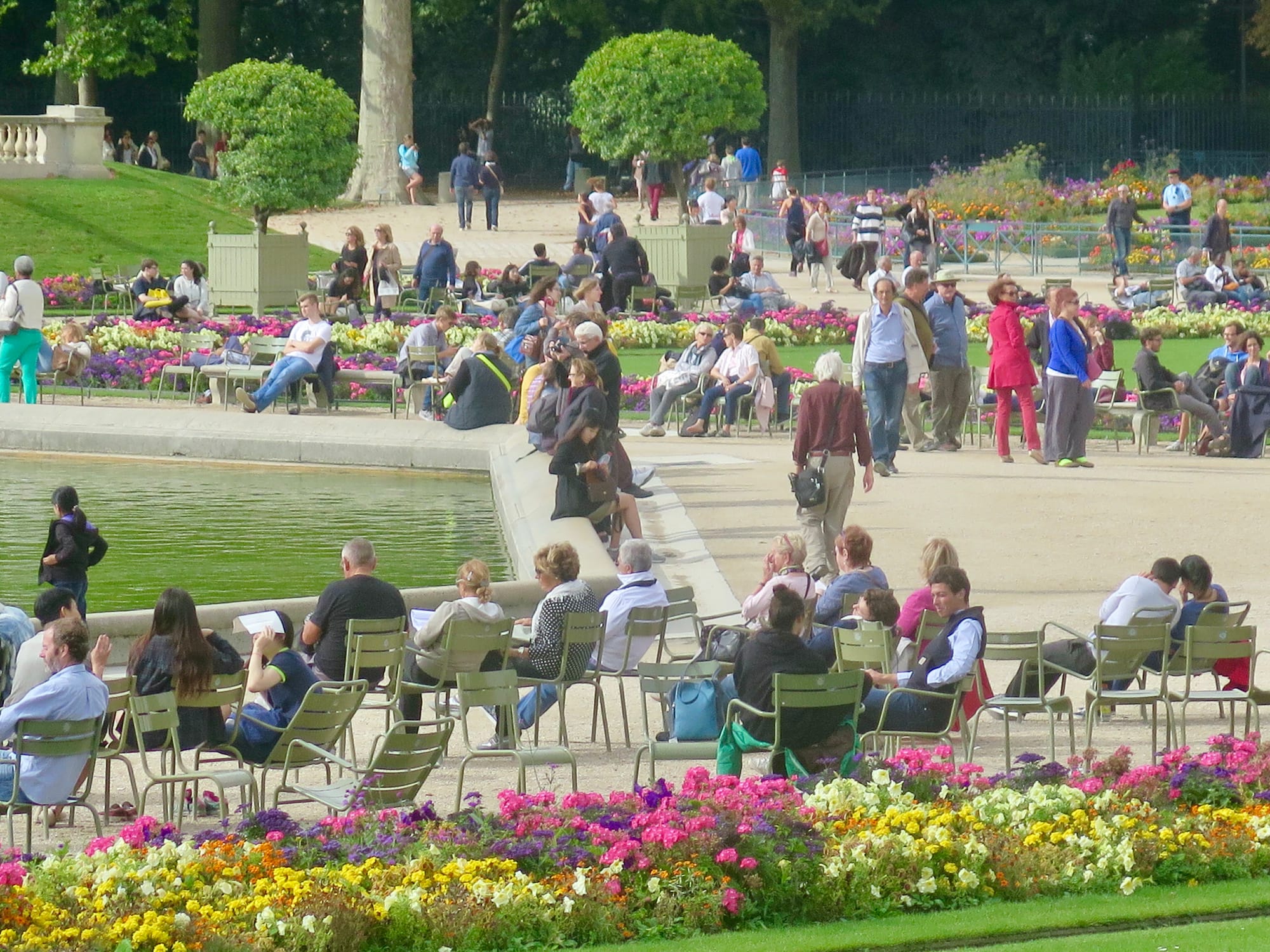
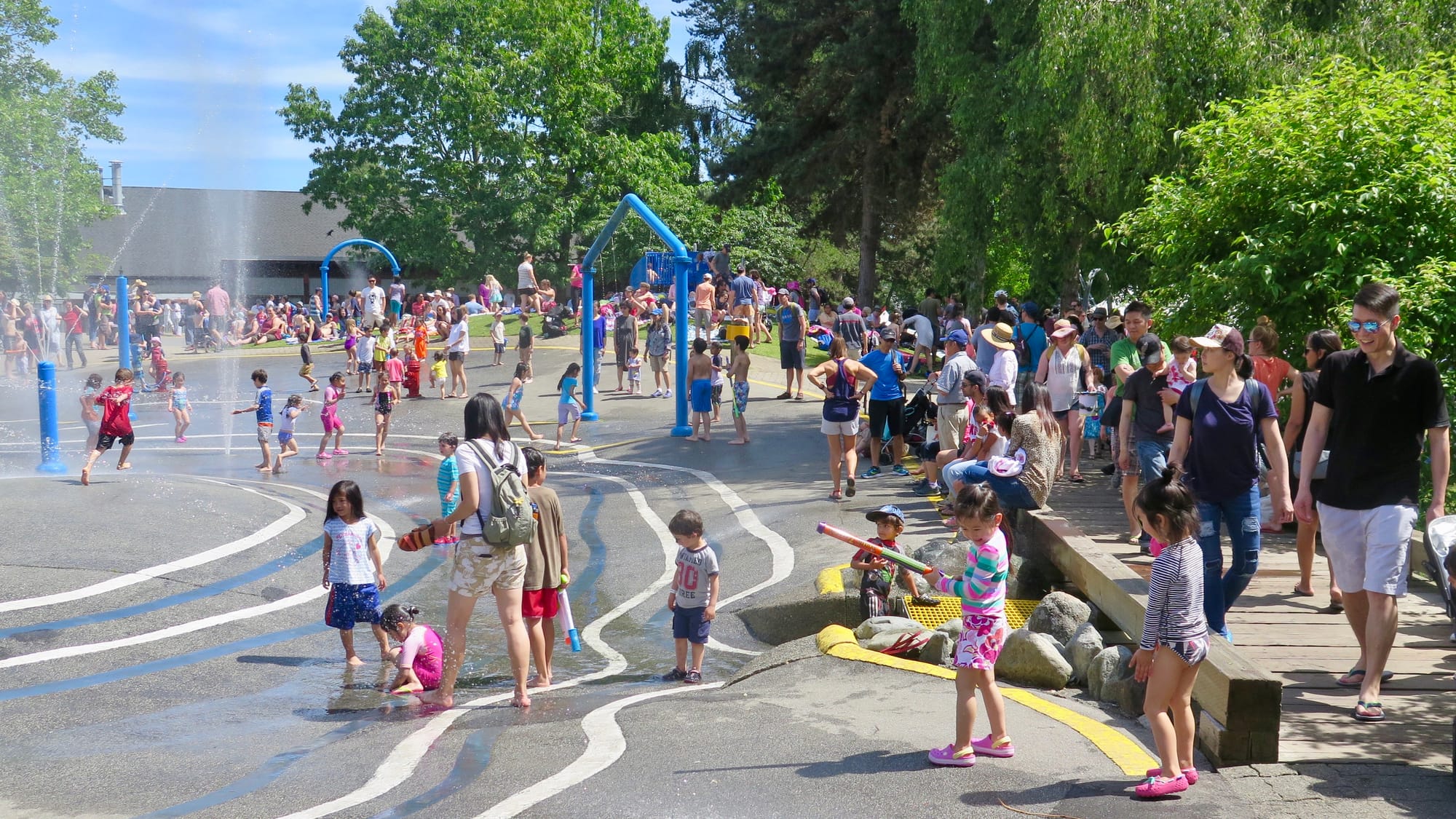
Public space that connect people to each-other can also connect them deeper to nature and their environment.
Everything has become too one-dimensional, too siloed, too separated. Each discipline has become largely its own audience, eroding collaboration. This is especially true with regards to creating the public realm. Roads and car infrastructure have robbed our places of their layers and complexity – complexity that is inherent to the natural world, that makes it resilient, healthy, interesting and beautiful.
Even the housing affordability crisis is largely caused by separation through single use zoning. We shouldn't separate work, home, and relaxation. We shouldn't separate each other or ourselves from our environment. By doing so, we have become isolated and fragile on all fronts. The resulting erosion and gradual disappearance of street life on the sidewalks was, and continues to be, a disastrous loss of life in our communities. The outcome is a loss of social and economic wealth, and even of pride, in the places we once called home.
Environmentalism isn't a one dimensional idea, it is layered on multiple levels. So is Placemaking which is a holistic, engaged, and inclusive practice, overlapping with the environmental focus in people's lives because of how it is exercised in the spaces we all use. In both environmentalism and Placemaking, we see people acting as stewards for the places beyond their home, feeling ownership and shared responsibility for the world around us. The key area for placemaking is that blurred space between private and public.
It is useful to make the case for small actions, what we in Placemaking call LQCs, and how they can catalyze broader environmental impact. While getting involved with environmentalism can feel like a daunting undertaking, implementing an LQC is simple and easy. Everyone can do it. You can start with one small act and that act will have ripple effects on various aspects of its surroundings. Add a bench to a corner and you stimulate social life, increase foot traffic, and take ownership of this key public space back from cars. Put a badminton net up in a park and you increase visitation, invite programming, appreciation for the surrounding nature, and outdoor play.
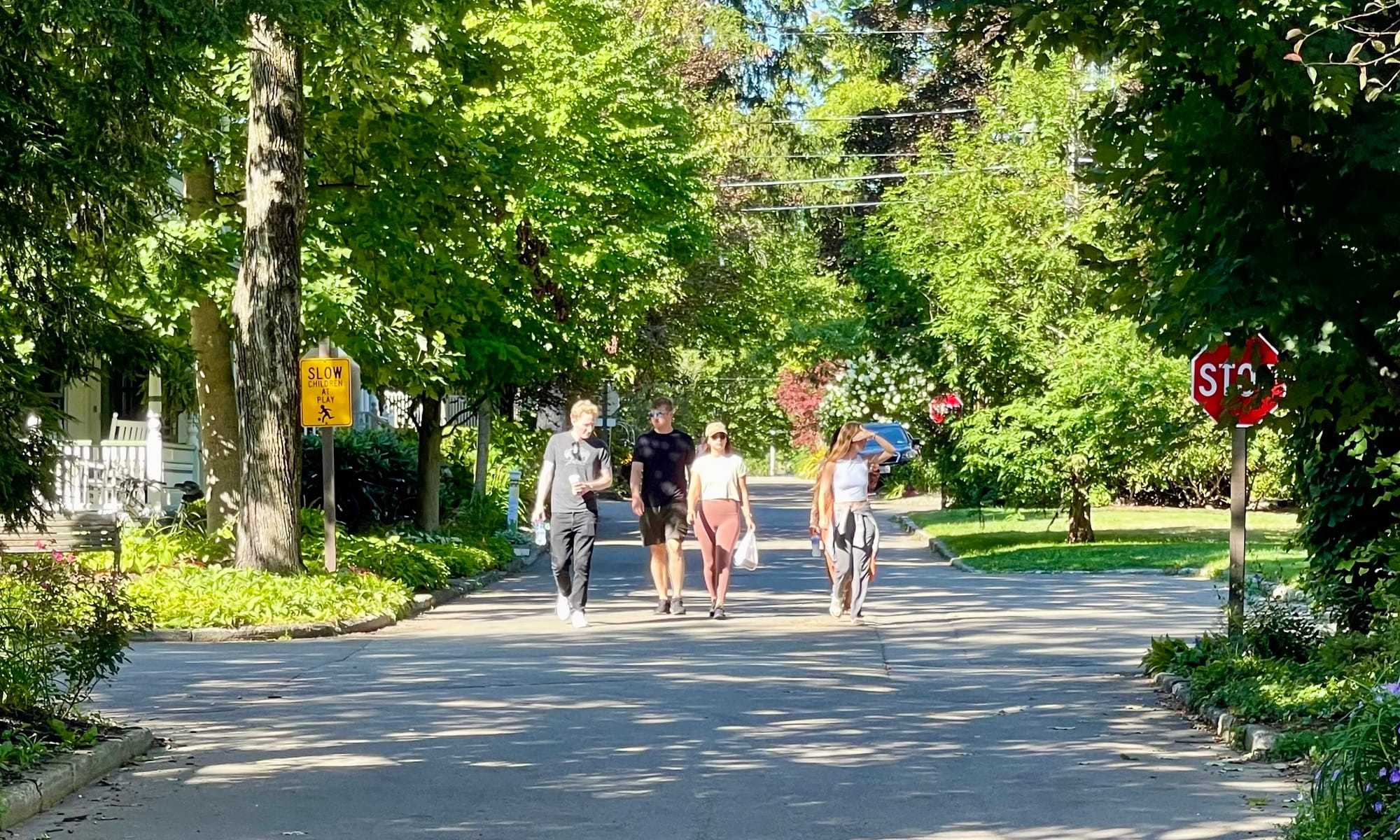
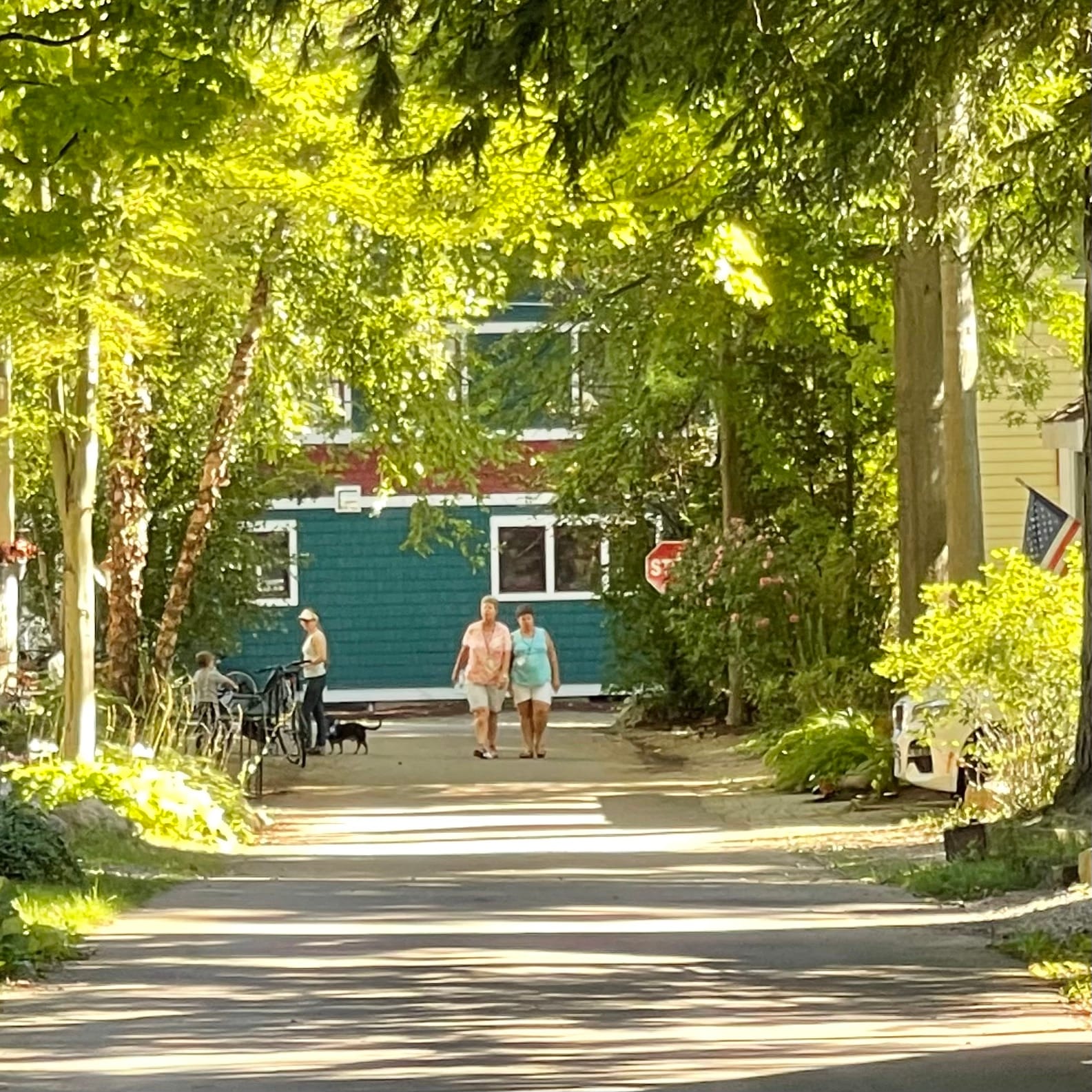
Streets don't have to be for cars, they can be for people.
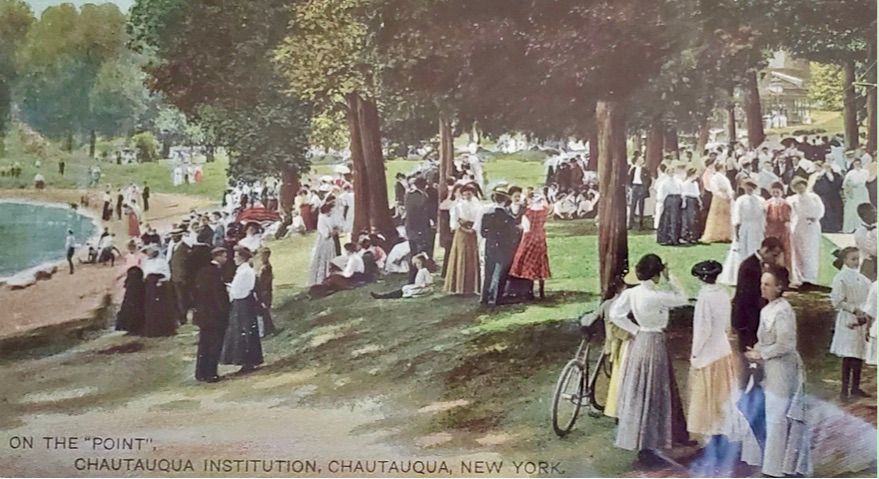
Placemaking can connect us not only locally, but can also reconnect isolated disciplines and siloed agendas to converge on place. A focus on great shared places and vibrant social life can harness our capacity for improvisation and creativity in order to take on our large global crises and make way for a brighter, more connected future. Disconnection will get us nowhere – it weakens us, our communities, and our planet. Connection is the path to a brighter future. Placemaking can get us there.
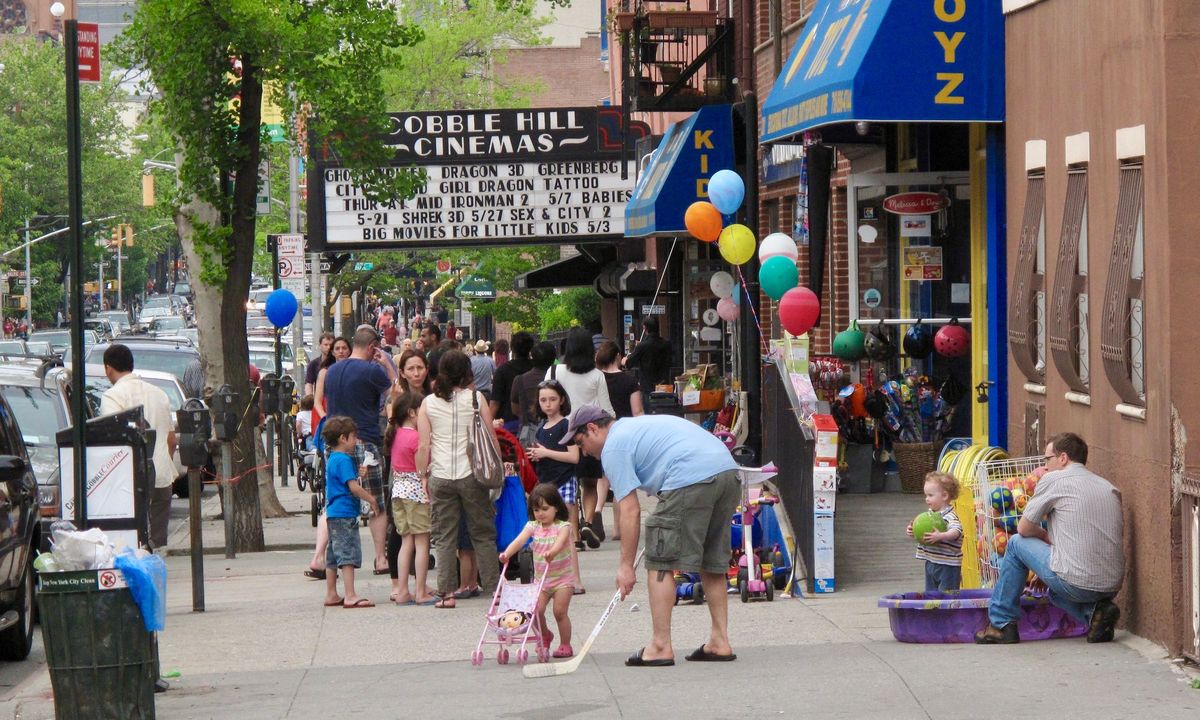
Expansion of Placemaking Globally
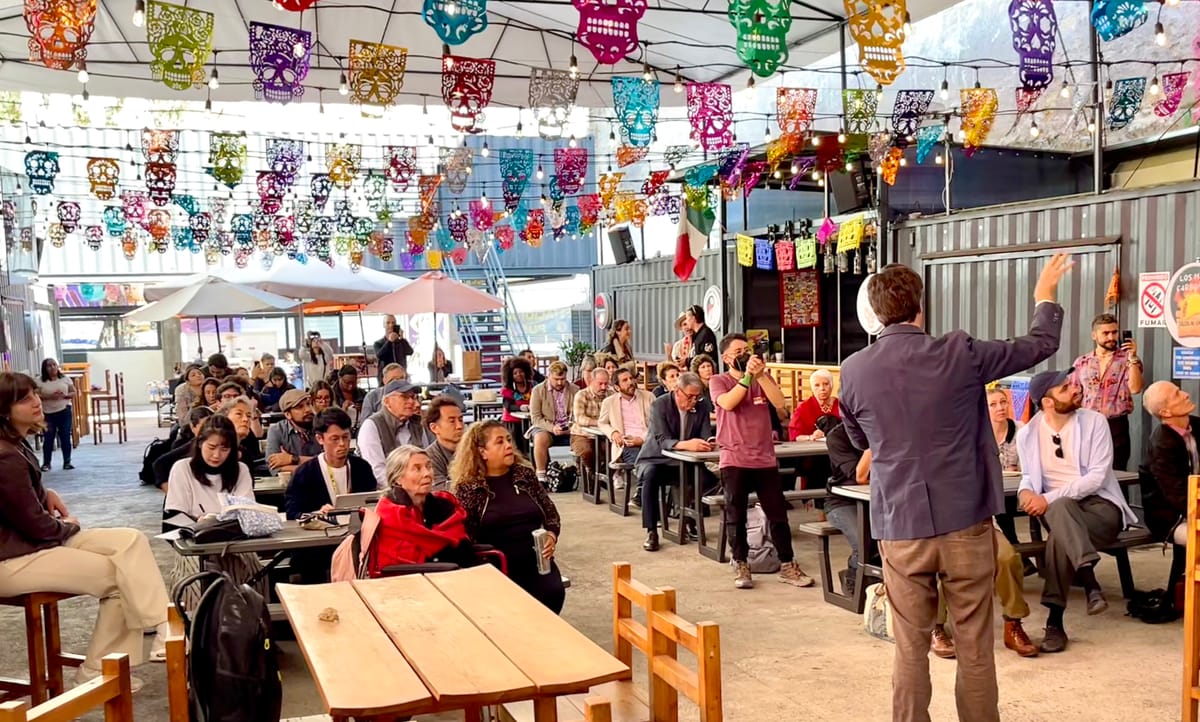
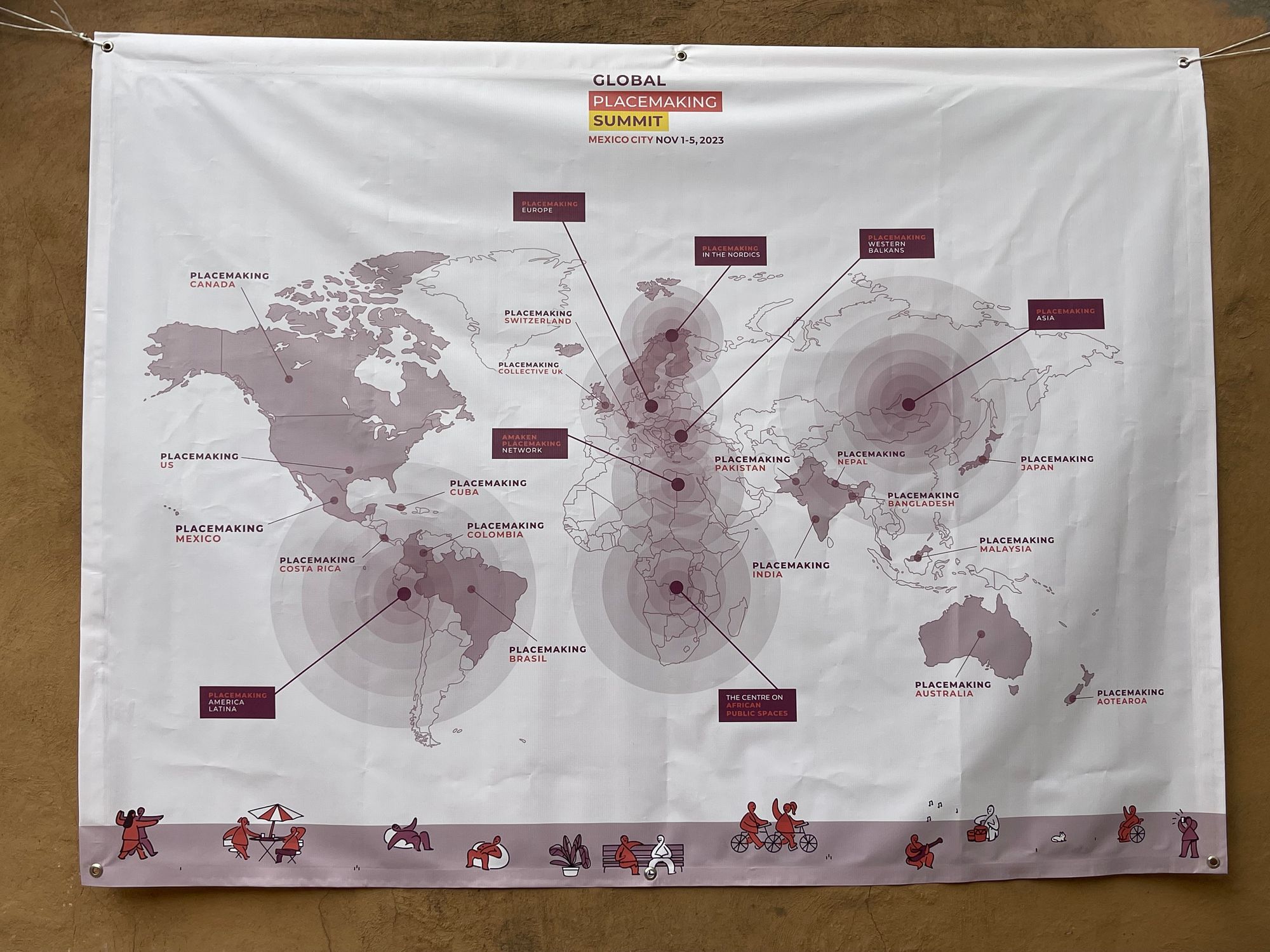
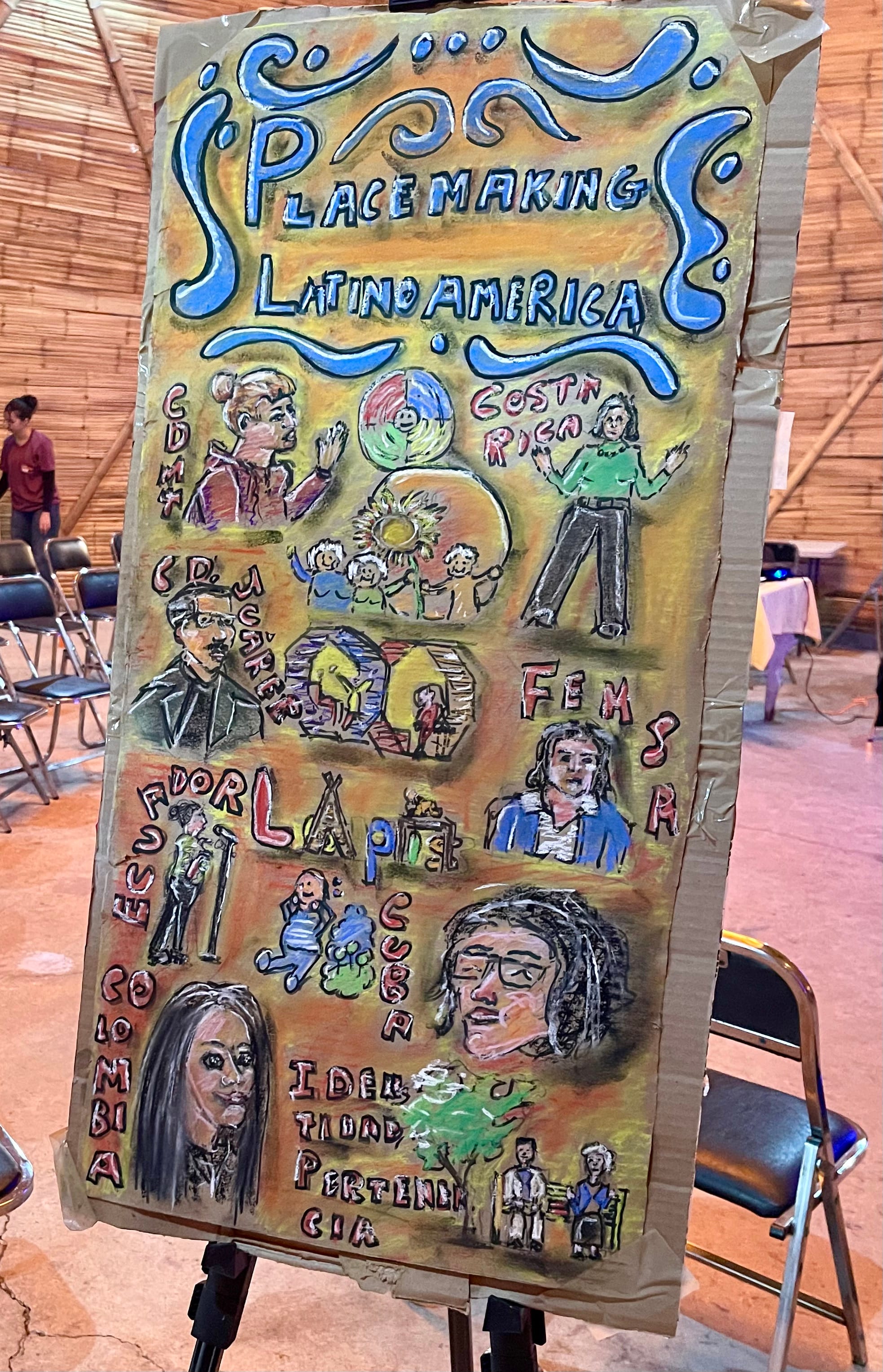
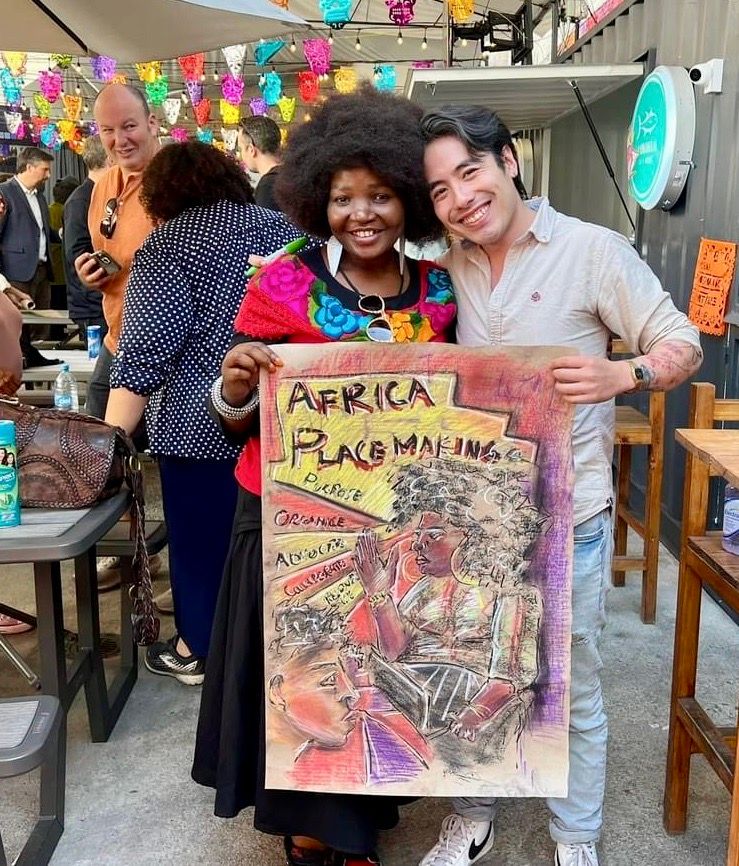
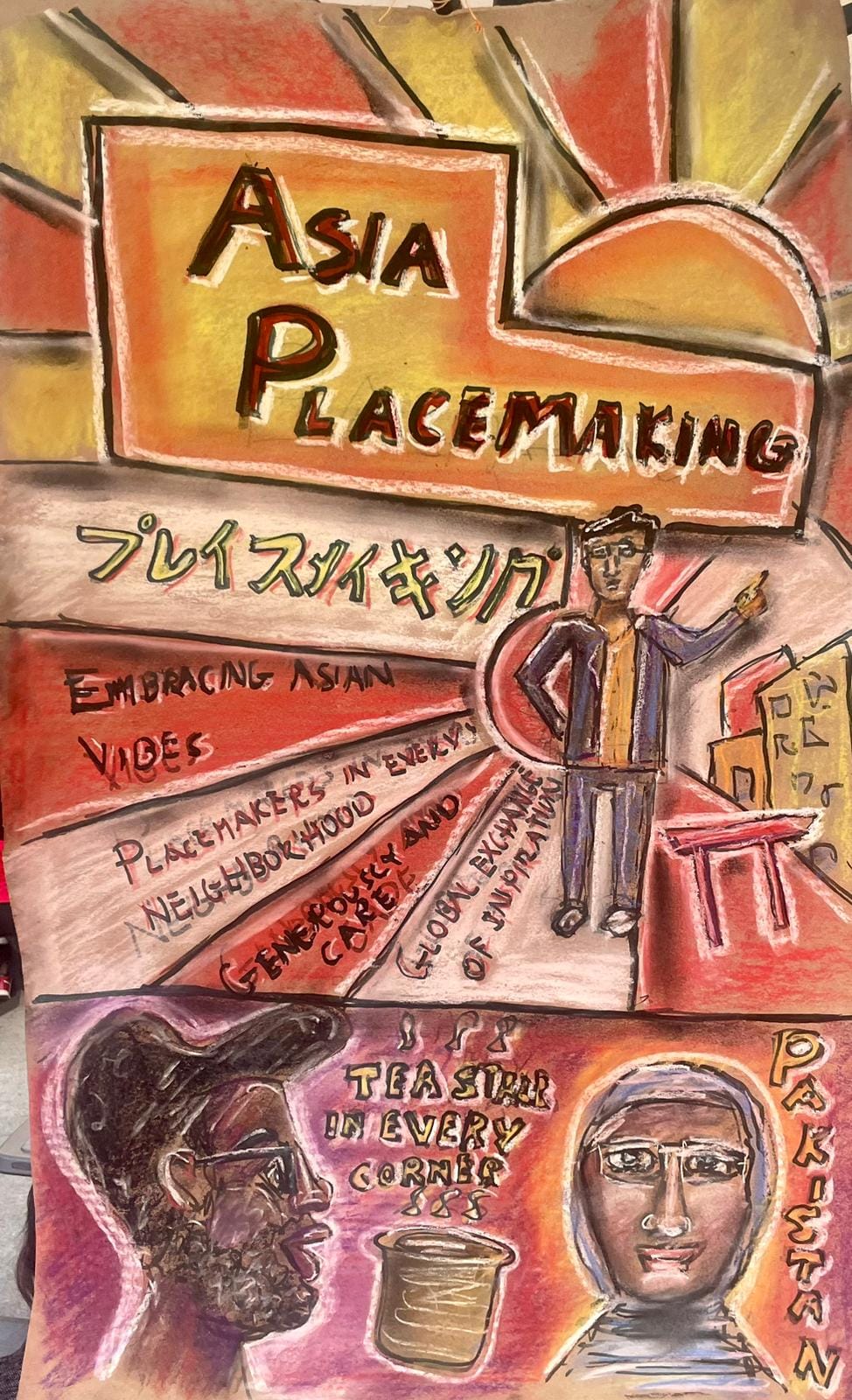
Our recent Global Placemaking Summit highlighted and connecting the placemaking leadership from around the world.
William H. Whyte in "Social Life of Small Urban Spaces"
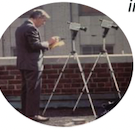
"I end, then, in praise of small spaces. The multiplier effect is tremendous. It is not just the number of people using them, or the larger number who pass by and enjoy them vicariously, or even the larger number who feel better about the city center for knowledge of them. For a city, such places are priceless, whatever the cost. They are built of a set of basics and they are right in front of our noses. If we will look."







